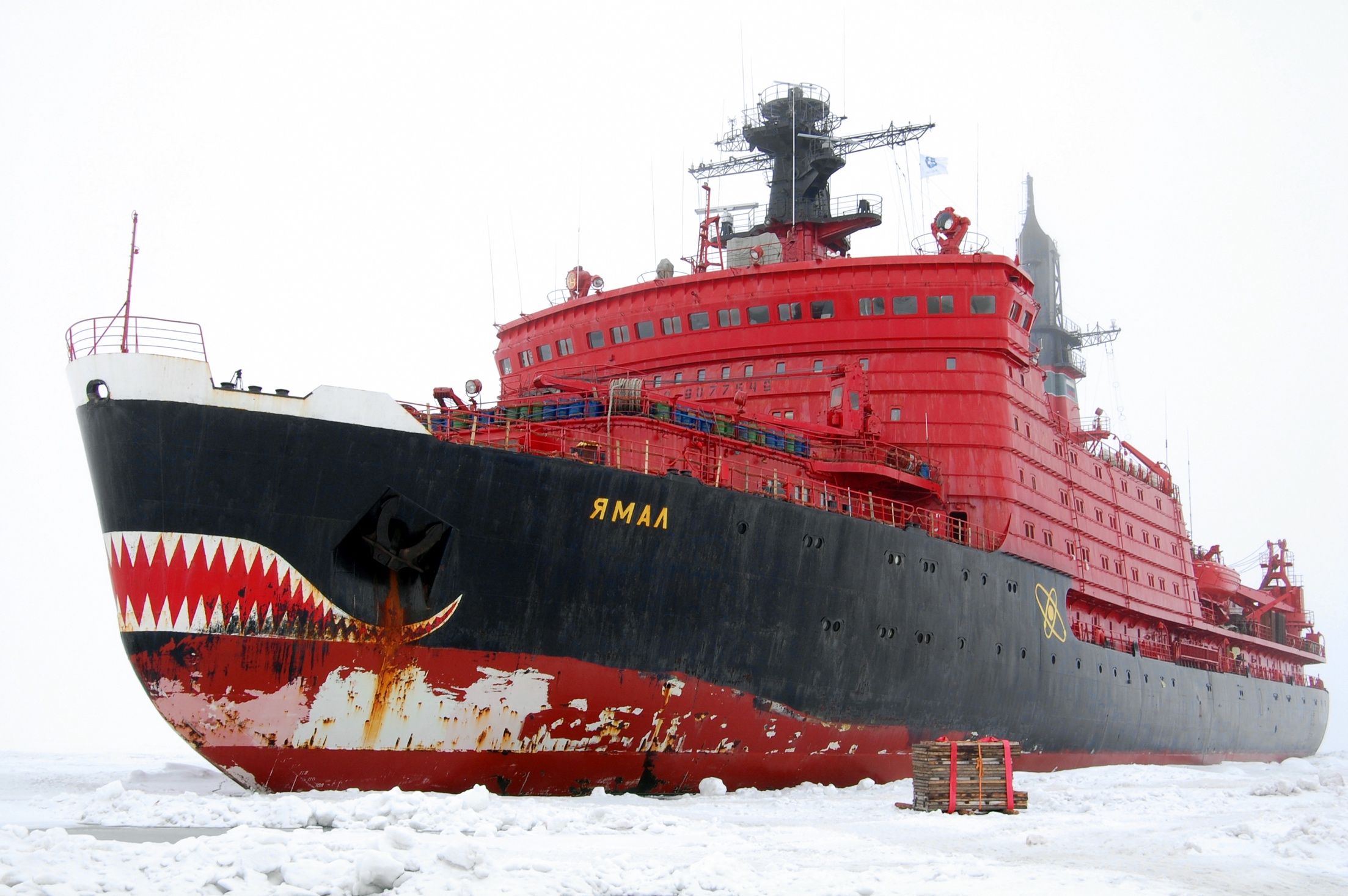The US is falling behind Russia and China in the race for Arctic dominance. While Washington is putting the brakes on exploration and drilling, Eastern powers continue to expand operations in the Arctic – a resource-rich frontier with growing geopolitical significance.
On 4 July, Russian energy giant Rosneft announced the discovery of 82 million tons of light, low-sulfer oil in the shallow waters of the Pehcora Sea. The July 4th press release could amount to nothing more than Russian propaganda. However, Russia has led the way in exploratory drilling in the Arctic and such a find would mean a significant increase in Russia’s strategic reserves. Even if the Western world continues to boycott Russian oil, China will always be a willing consumer.
The last twenty years have seen a gradual uptick in territorial disputes north of the Arctic Circle. While Russia’s proximity makes them a natural contender, the country’s economic dependence on oil and natural gas exports have fueled Moscow’s aggressive regional policy. America’s notable absence from the Arctic territories means Russia’s ambitions have by and large gone unchecked.
Between receding ice and innovations in ice-cutting technology, natural resources are becoming more accessible and Arctic states scrambling to stake their claim. Efforts to obtain oil, natural gas and rare earth minerals in the Arctic have increased exponentially: there are at least 599 projects currently in operation or slated for future exploration. Thawing ice has also opened ocean routes that will save commercial shippers millions in operating costs.
It’s no surprise Moscow has been the Arctic Council’s most influential member – an international cooperative established to foster coordination between the eight nations with territories in the Arctic Circle. Russia is a majority owner: it claims roughly 53 percent of the Arctic Ocean coastline while an estimated 2.5 million Russians inhabit the Arctic, accounting for half of the region’s population. Russia also has the largest fleet of icebreakers in the world, numbering more than 40 and with plans to build more within the next decade. By comparison the US has two icebreakers, both of which are more than 20 years old.
Thanks to Russia, China has strengthened its foothold in the Arctic. China gained observer status within the Arctic Council in 2013 and declared themselves a “near-Arctic” state. One of Beijing’s primary objectives is to implement the Polar Silk Road, a collaborative initiative to optimize import and export logistics via Arctic shipping routes. China has taken significant steps to build legitimacy in the region through scientific research expeditions and deploying their own fleet of icebreakers. Beijing has matched the US fleet, having built two icebreakers, and has plans to deploy a nuclear-powered icebreaker as soon as 2024.
While Sino-Russian influence is growing north of the Arctic Circle, policy makers in Washington have yet to make the Arctic a priority. The US still has no formal Arctic strategy and is the only member of the Arctic Council without ambassador-level representation.
American absence means Russian and China will be free to run roughshod over the Arctic states and secure a long-term strategic advantage: Russian and Chinese-controlled shipping lanes mean naval superiority in the Arctic Ocean while unfettered access to oil, natural gas and rare earth elements will provide the economic means and natural resources to fuel Moscow’s and Beijing’s global ambitions.



